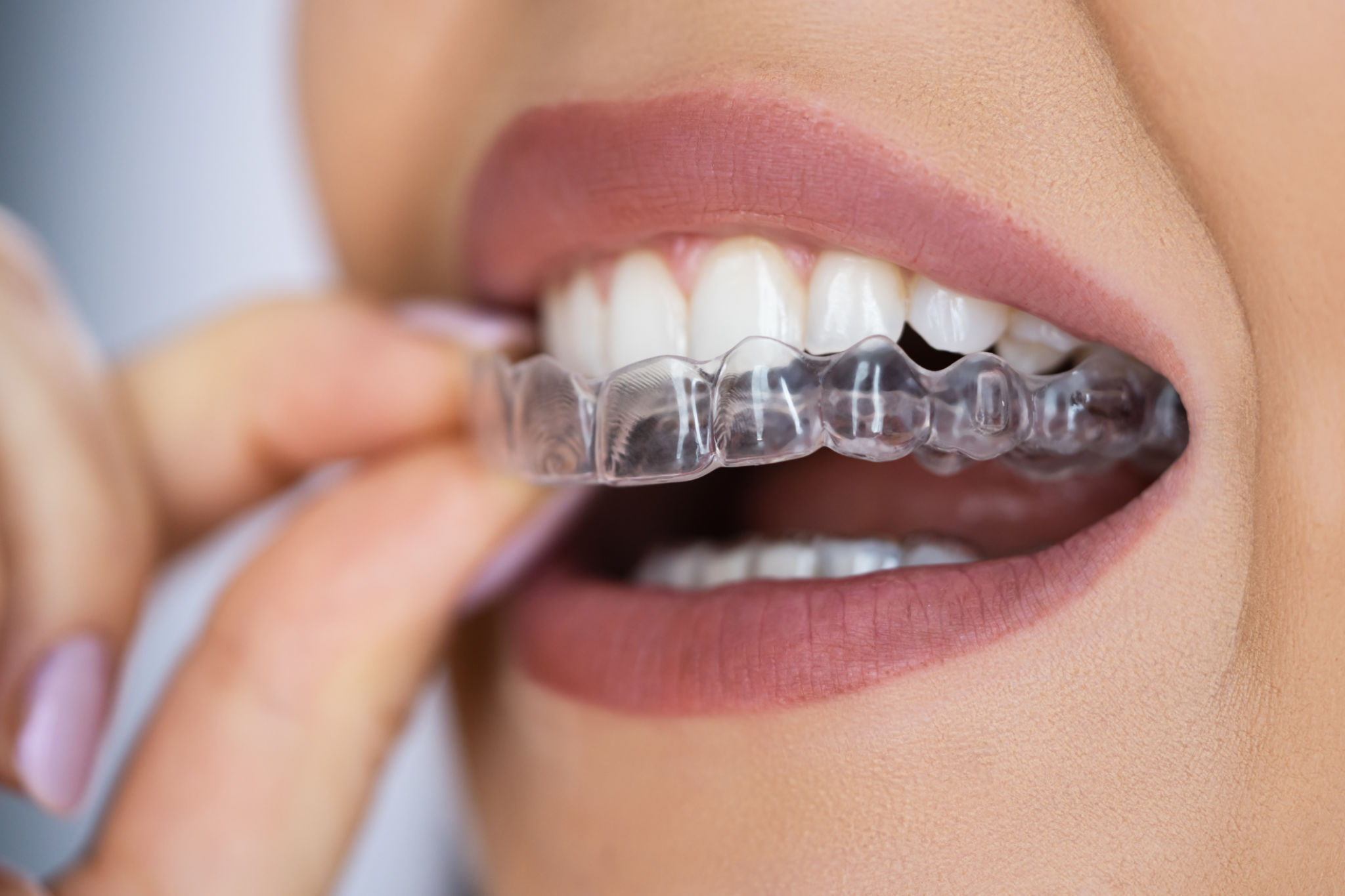Invisalign vs. Traditional Braces: Which Is Better for You?
Understanding the Basics of Invisalign and Traditional Braces
When it comes to straightening your teeth, there are two main options: Invisalign and traditional braces. Both have their unique benefits and potential drawbacks. Choosing the right one depends largely on your specific dental needs, lifestyle, and personal preferences. Understanding these options is crucial before making a decision.

Traditional braces have been around for decades and are highly effective for treating complex dental issues. They consist of metal brackets and wires that are attached to the teeth. On the other hand, Invisalign uses a series of clear, removable aligners to gradually move teeth into the desired position.
Benefits of Invisalign
One of the biggest advantages of Invisalign is its aesthetic appeal. The aligners are clear, making them almost invisible, which is ideal for those who are concerned about the appearance of metal braces. Additionally, because they are removable, maintaining oral hygiene is much easier compared to traditional braces.

Invisalign also tends to be more comfortable than metal braces since there are no brackets or wires to potentially irritate the mouth. The treatment process generally involves fewer visits to the orthodontist, as there are no adjustments needed, which can be a significant convenience factor for busy individuals.
The Advantages of Traditional Braces
Traditional braces are known for their ability to handle complex dental issues. They can effectively correct severe crowding, bite issues, and other significant problems that may be challenging for Invisalign to address. The constant pressure applied by metal braces ensures efficient and effective treatment for a wide range of orthodontic cases.

Another benefit is that traditional braces do not rely on patient compliance as much as Invisalign does. Since they are fixed in place, there's no risk of losing them or forgetting to wear them, which can lead to more consistent results over time.
Factors to Consider When Choosing
When deciding between Invisalign and traditional braces, consider factors such as the complexity of your dental issues, your lifestyle, and your budget. Invisalign might be more suitable for those who prefer a discreet treatment option and have less severe dental concerns. However, if you have complex orthodontic needs, traditional braces might be the better choice.
Cost is another important consideration. While prices vary depending on the duration and complexity of treatment, traditional braces are generally more affordable than Invisalign. Additionally, insurance coverage can differ between the two options, so it's important to check with your provider.
Consulting with Your Orthodontist
The best way to determine which option is right for you is by consulting with an experienced orthodontist. They can provide a professional assessment of your dental needs and recommend the most effective treatment plan tailored specifically for you.

Whether you choose Invisalign or traditional braces, both options offer the opportunity to achieve a healthier, more attractive smile. By understanding the benefits and limitations of each, you can make an informed decision that aligns with your personal goals and lifestyle preferences.
